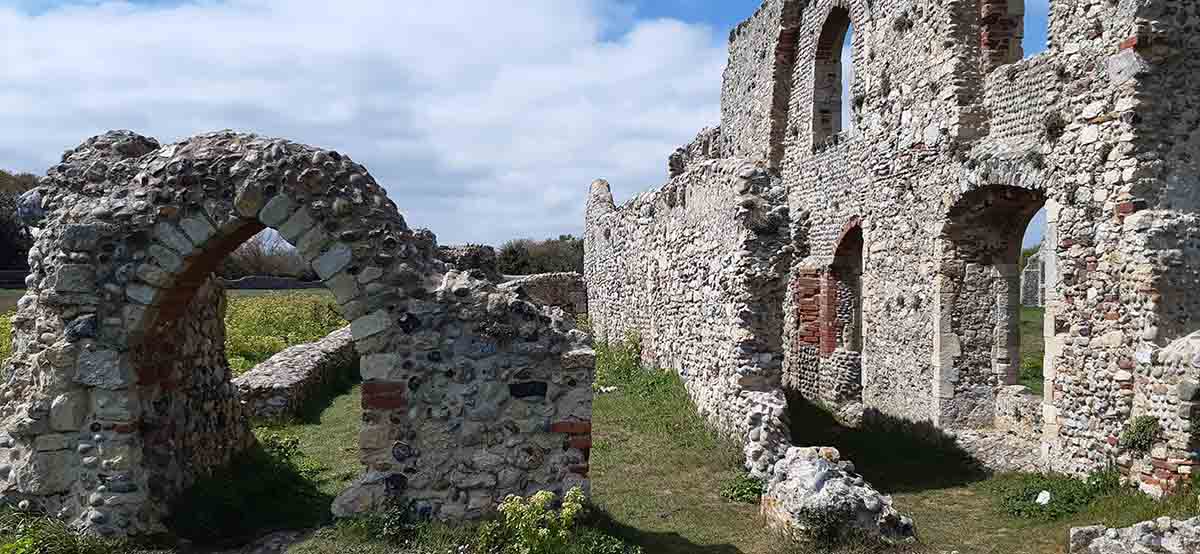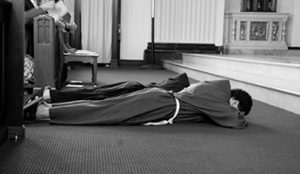Greyfriars, Dunwich
Let’s move on to the county of Suffolk, to a small sea-side village located on the eastern side of that county: Dunwich. This was not always the very small settlement that we see to-day. More anon…
The ruins of the Greyfriars friary and church are located on a cliff-top, overlooking the sea-shore. To-day, the ruins comprise two gate houses, part of the perimeter wall, and a couple of walls that once formed part of the friary buildings. The whole property must have been quite extensive judging by the area covered by the ruins. There is a small wood (aptly named Greyfriars Wood) that stretches from just outside the perimeter wall to near the edge of the cliff-top.
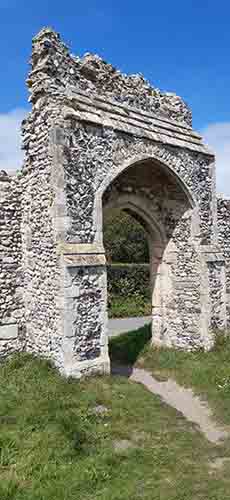
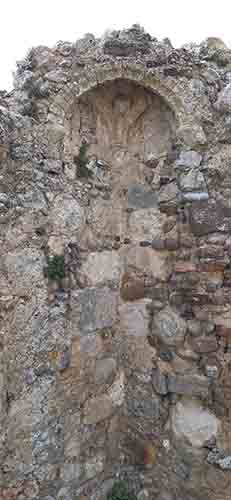
In the 11th to 14th centuries, Dunwich was one of the largest towns in England. In the region, only the cities of London and Norwich boasted a larger population. Even prior to the Norman Conquest (1066), Dunwich was developing into a major sea-port, and enjoyed a flourishing trade with the Continent. According to the Domesday Book survey (1086) the population of the town was around 3,000 souls. As we shall see, this prosperity was not to last.
One big problem in this particular part of the country was (and still is in some parts) coastal erosion. For Dunwich, the beginning of the end came in 1286, when the town’s busy harbour, already susceptible to silting, was destroyed by a storm. Naturally, this had a very detrimental effect on the town’s sea trade; in fact, the town never recovered from the blow. Over time, the town literally fell into the sea. I’m told that if you look out over the cliff-top, for about a mile beyond, you will see the extent of where the lost town once lay. As recently as 1920, the last remaining piece of the last mediaeval church was lost to the sea.
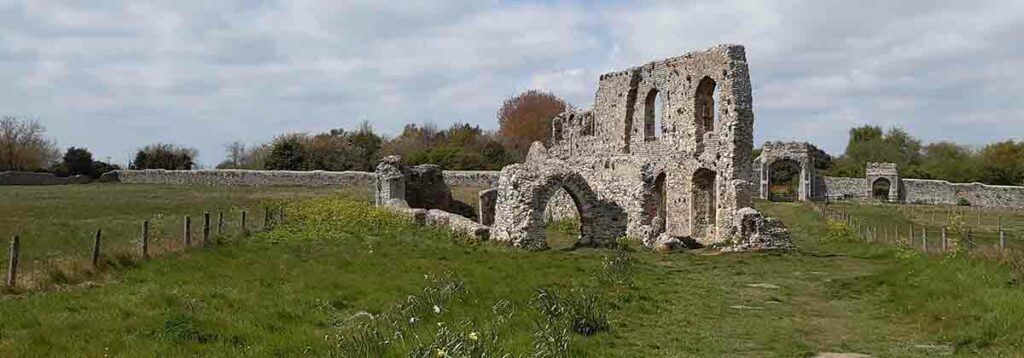
The founders of the first Dunwich friary are recorded as Richard and Alice FitzJohn. The exact location of the first friary remains unknown. This friary was closed and the community of friars moved inland, most likely to escape the threat of flooding and coastal erosion.
The second friary (the Greyfriars ruins of to-day) dates from around 1290. This friary was built far enough inland to best survive any future coastal erosion. Alas, in 1538, the greed of King Henry VIII took and destroyed what the North Sea could not: the Dunwich friary became yet another victim to the suppression of the religious houses, and the town of Dunwich lost one of its prized possessions.
Epilogue
As you can see, there is a great, long-standing, Franciscan tradition in England. Many more ruins can be found in other parts of the country. If you are paying a visit to English shores, be sure to seek out these historical places, and make your visit that much more interesting.
– friar Solanus Mary, OFM Conv.

